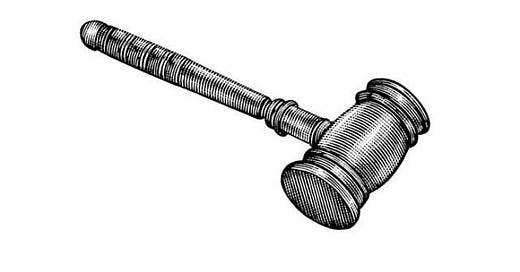When Your Lawyer Doesn’t Get It
What to Say When Your Lawyer Minimizes Abuse: Six Scripts and Strategies
When you’re preparing to fight for your child in a family court system that often dismisses nonphysical abuse, feeling misunderstood by your own attorney can be devastating. You’ve explained incidents of coercive control, only to have them brushed off as “high-conflict parenting” or dismissed with a vague, “Divorce brings out the worst in people.” You’ve shared patterns of gaslighting, and your lawyer’s response was: “Let’s keep it simple for the judge.”
This week’s post is for the parent who:
Feels unseen— your pain and vigilance are real, but your legal counsel doesn’t recognize them.
Fears compromise— your lawyer advises a “middle ground,” but you worry it undermines your child’s safety and your own.
Wants actionable language— a ready script for asserting your perspective clearly, firmly, and effectively.
Imagine your lawyer saying “I don’t think the judge cares about that”— and you responding with confidence and being able to articulate your concerns. That’s our goal today. And that’s what you’ll find here: real-world tools, academic insight, and language that helps you advocate for you and your child when it matters most.
Strategies & Phrasing
#1. Shift the Frame: “This Isn’t Conflict—This Is Control”
Why it matters: Courts— both criminal and family— are increasingly acknowledging coercive control as a distinct form of abuse. In the criminal context, England and Wales criminalized it in 2015, followed later by Scotland, Northern Ireland, Ireland, and several Australian jurisdictions. Closer to home, California amended its Family Code in 2021 to define coercive control explicitly and treat it as domestic violence when considering restraining orders or custody. Even appellate decisions like McCord v. Smith (2020) affirm that judges must assess patterns of control— not just isolated incidents— under the "totality of circumstances"
Sources: Time Magazine “Abuse Is a Pattern;” California AB 1141: Coercive Control Amendment
Phrase to say:
“Your Honor, this isn’t just isolated conflict—this is a pattern of coercive control, which is now legally recognized as a form of domestic abuse in many jurisdictions.”
Why this works:
Shifts the narrative from “she’s just overreacting” to “this is legally actionable.”
Depending on whether your state has expanded their legal definition of abuse to include coercive control, this could grounds your concern in clear statutory and case law precedent.
Signals that your self-advocacy aligns with evolving/ incoming legal standards.
Keep reading with a 7-day free trial
Subscribe to Protect the Parents to keep reading this post and get 7 days of free access to the full post archives.





